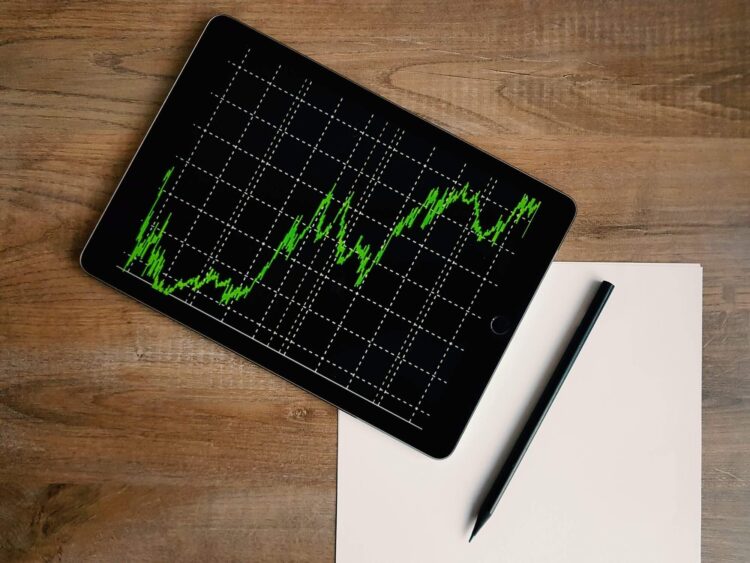So you’re taking the plunge! You’ve decided it’s time to dip your toe into the wide and wonderful world of Forex trading. But how? How does one even begin to trade when everything seems so complicated and overwhelming? Well, worry not. We’ve put together a list of the five best forex trading strategies for newbies! These foreign exchange trading strategies are the simplest ones in the book; perfect for someone who is just starting out.
We’ve taken all the stress out of the process for you! If you already have a basic understanding of currency pairs and risk management, you’re ready to take on any of these strategies and figure out what your style is and what works best for you. If you don’t have a basic understanding yet, take a little time to read over some Forex basics or watch a few YouTube tutorials before you begin.
While you do learn a lot as you begin to trade, there’s a certain level of understanding that is required to begin. If you’re ready to take on this exciting new hobby on a trading platform like Oanda, join us as we unpack these beginner’s strategies. In case you want to continue reading about the Oanda Forex platform, click here.
Page Contents [show]
Range Strategy
This is a pretty popular strategy among beginners because it’s one of the less complicated strategies. It’s something you can easily grasp and can try out on a dummy account before moving on to trading real forex pairs. The meaning of the word “range” in this context is the space between two price levels that a market moves between. Looking at that range you should be able to figure out downward or upward trends. Using this strategy you’ll have to make a long or short play within that price range; you would ordinarily go for a long play in an upward trend and a short play in a downward trend. Your options in this strategy are either to place your trades manually or to set up “stop losses” and limit orders on your account.
Momentum Strategy

Source: pexels.com
In the momentum strategy, you’ll take a little time to focus on the strength of a given trade, not only the direction in which the market is trending. The basis of this strategy is the idea that, if the trend in question is strong enough, it’ll keep moving in whichever direction it’s currently moving in. To use this strategy, you’ll need to open a position as the trend starts to gain momentum and keep an eye on it to close it out as the trend starts to slow. To figure out the momentum, you need to look at the volume, timeframes, and volatility.
The most used indicators in this strategy are RSI (relative strength index; used to chart both the current and historical strength of a given stock), momentum indicator (shows the difference between the closing price of a stock today and the closing price a given number of days ago), stochastic oscillator (uses resistance and support levels), and MAs (moving averages;).
Something important to remember is that market sentiment plays an important role in momentum. Current affairs and economic events, such as the announcement of new interest rates can heavily influence forex rates and then naturally, your trades. If a large number of traders flood the market as a trend becomes stronger this creates more momentum. To implement this strategy well, you need to keep a close eye on current events; watch the news and business news as any events in these sectors can influence prices which will influence the strategy.
Breakout Strategy
The breakout strategy is a much-loved one among new traders because using it means that you can open a position as a particularly volatile period is just beginning. Volatility might sound scary but if you have the nerves, volatility can offer you a lot of opportunities. What “breakout” means in this context is the moment when the price of a given currency moves out of a particular, consolidated range. If you’re using this breakout strategy, you’ll open your position quickly as the new trend emerges and set your stop loss at the point where the market “broke out”. It’s a simple and time-effective strategy that is great for beginners.
Carry Strategy
Here, the trader aims to make a profit from the rate of interest between two currencies in a pair. You can opt for the negative or positive approach in the carry strategy. If you want to take the positive approach, you’ll borrow a currency with a lower interest rate and buy another currency with a higher interest rate.
Taking the negative approach means that the trade will happen in the other direction. You’ll be paying the interest rate on the position you’ve opened until that rate increases to more than what was quoted so your outcome will differ from positive to negative trades.
There are risks and rewards for both options: a positive trade offers a net gain at the start and then, of course, a potential net loss: negative trades work the opposite way. Be sure to weigh your options carefully when executing this strategy.
MACD Strategy

Source: pexels.com
Last, but certainly not least, is the MACD trading strategy. This acronym means “moving average convergence and divergence”. This strategy will help you to see the end of one trend and the start of the next one. If you already understand indicators well, this strategy may serve you better than many of the others. This particular indicator is made up of three lines: the histogram, the MACD line, and the signal line.
- MACD line (blue): this is made up by subtracting the 26-period moving average from the 12 period moving average.
- Signal line (red): the 9-period moving average.
- Histogram: the image formed where the lines intersect.
If the MACD crosses over the signal, you should buy. If it’s reversed and the signal line crosses over the MACD, you should sell.
Wrap Up
These five trading strategies for newbies should help you figure out what your style is and help you gain enough understanding to move forward with adopting more complicated strategies in the future. A great way to learn about these strategies is to open a dummy account and practice trading in a safe environment before jumping into the waters of trading for real.





